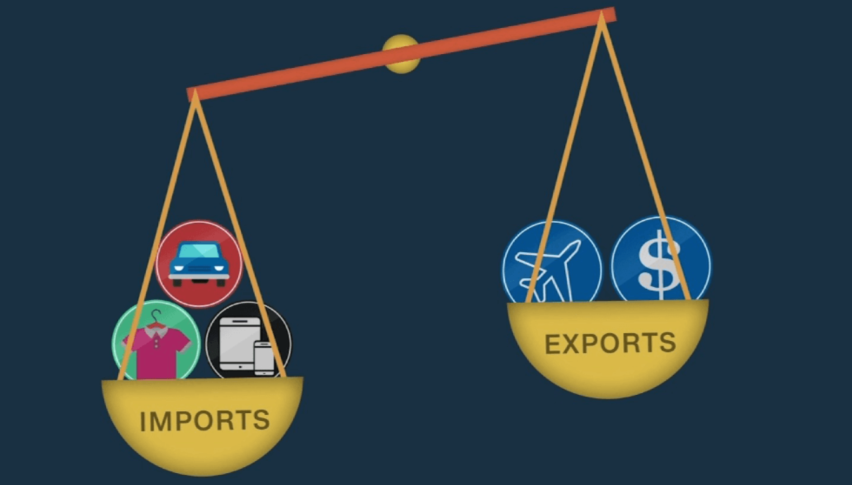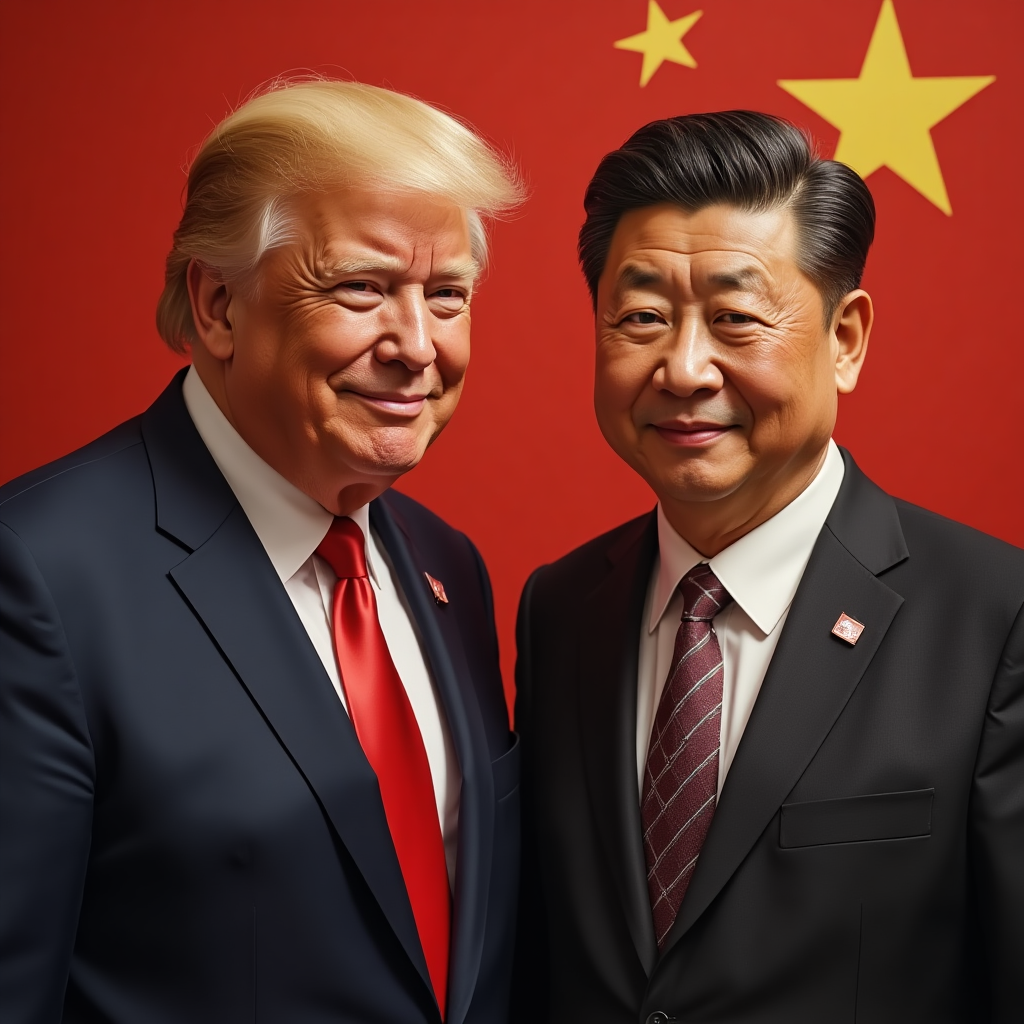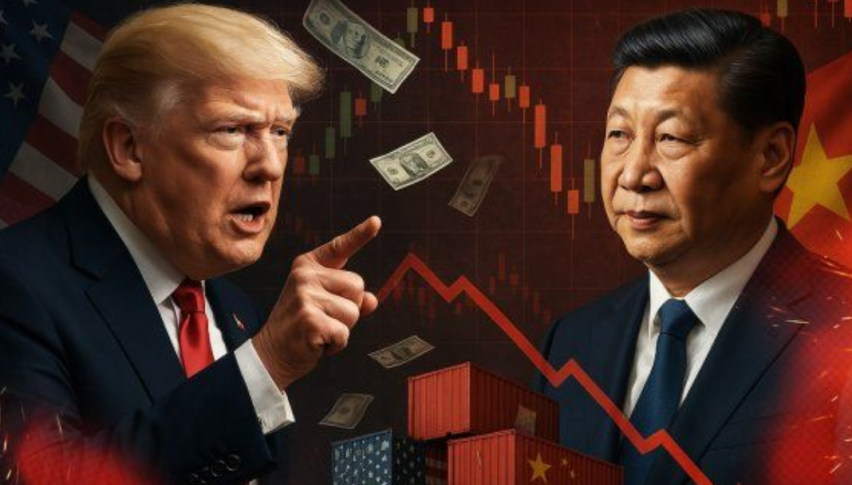U.S. and China Trade Blows with New Port Tariffs
The measure is a direct retaliation against Washington, which also began charging $50 per net ton on Chinese vessels as of Tuesday.

Quick overview
- Beijing has implemented a $56 fee on U.S. vessels as retaliation against a $50 per ton charge on Chinese ships by Washington.
- Both countries' tariffs will progressively increase through 2028, potentially raising product costs and disrupting global logistics.
- The new tariffs are expected to impact maritime transportation and trade costs between the U.S. and China, as well as global commerce.
- Analysts warn that the escalating trade war could weigh heavily on markets and global supply chains, with significant financial implications for major shipping carriers.
Beijing will begin charging a $56 fee on U.S. vessels starting today, in response to Washington’s measure to charge $50 per ton on Chinese ships.

Both tariffs will rise progressively through 2028, threatening to increase product costs and disrupt global logistics.
China and the United States opened a new chapter in their trade war on Tuesday with the simultaneous implementation of port tariffs. This move will not only directly affect maritime transportation and trade costs between the world’s two largest economies, but also global commerce as a whole.
China’s Ministry of Transport confirmed it will apply a $56 tax on vessels that are U.S.-owned, U.S.-operated, U.S.-flagged, built in the U.S., or with at least 25% American capital when entering Chinese ports.
The measure is a direct retaliation against Washington, which also began charging $50 per net ton on Chinese vessels as of Tuesday. But the escalation does not stop there: the U.S. fee will increase by $30 per ton each year until 2028.
Beijing warned that its surcharge will also gradually rise to $157 per ton by 2028, in what Chinese authorities described as a “symmetrical and necessary response” to the tariffs imposed by the Trump administration under Section 301, which investigates allegedly unfair practices in China’s maritime and shipping sectors.
A Blow to Logistics and Markets
The impact is already being felt. Scheduled arrivals at the Port of Los Angeles have dropped 35% compared to the same period last year, while major shipping companies listed in New York have fallen between 4% and 7% in recent days. Among them, ZIM, Danaos, and Genco Shipping reflect the sector’s volatility.
Although the effect of Chinese tariffs on the U.S. will be limited—given that U.S. exports to China represent just one-quarter of what it imports—analysts warn that the measure opens a new phase in the trade war that will weigh on markets and global supply chains.
According to estimates from consultancy Alphaliner, the world’s 10 largest shipping carriers will face up to $3.2 billion in U.S. tariffs by 2026, with Chinese state-owned Cosco accounting for nearly $1.53 billion of that amount.
Trump Seeks to “Revitalize” the U.S. Maritime Industry
The White House defended the tariffs as part of a strategy to “revitalize the U.S. shipbuilding industry” and reduce what it considers a “dangerous dependence” on Chinese carriers.
However, Chinese analysts such as Zuo Qianhu argue that Beijing’s response is an act of “legitimate defense” and aims to build a “common front” with U.S. multinationals that rely on bilateral logistics.
Others warn that Washington’s policy “may not be sustainable in the long term,” given that China’s maritime and shipbuilding industries will likely maintain their competitive edge through efficiency and technological investment.
- Check out our free forex signals
- Follow the top economic events on FX Leaders economic calendar
- Trade better, discover more Forex Trading Strategies
- Open a FREE Trading Account
